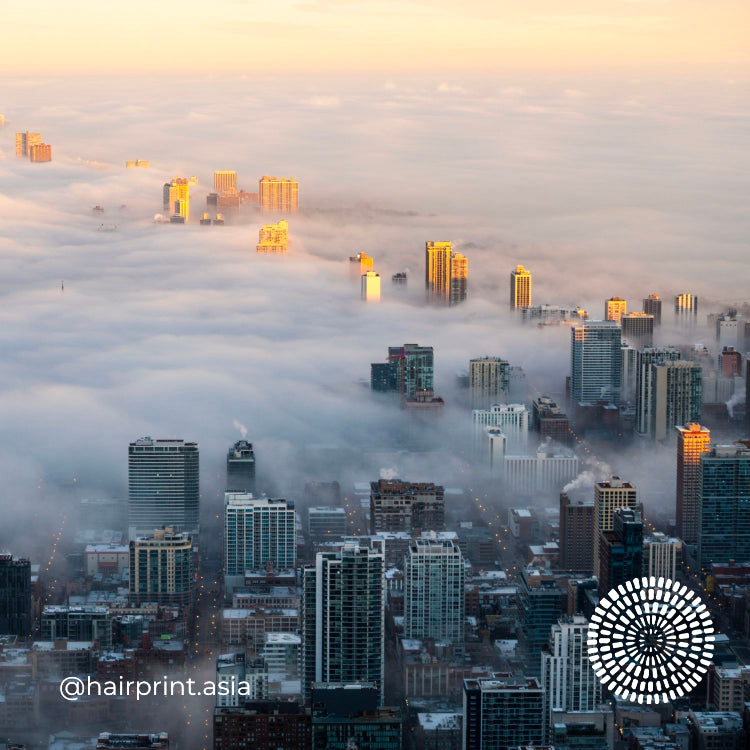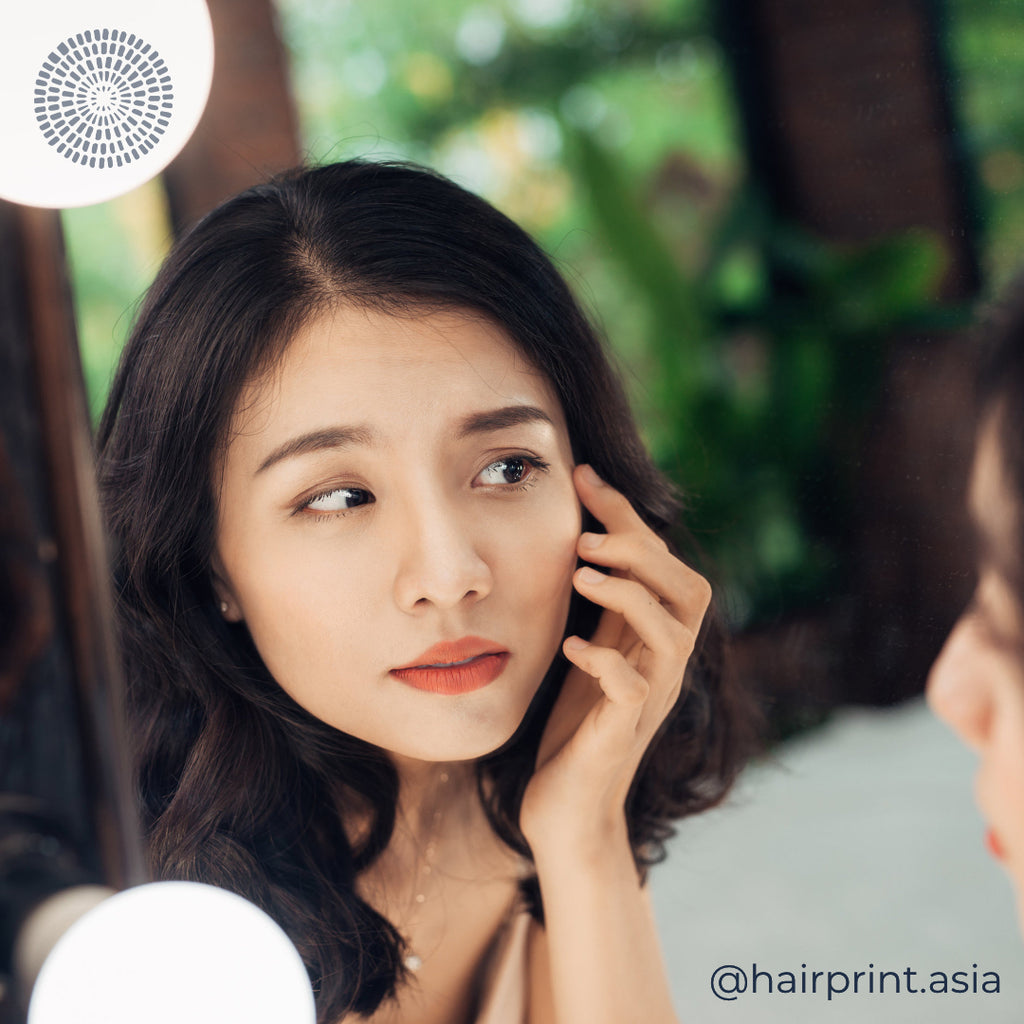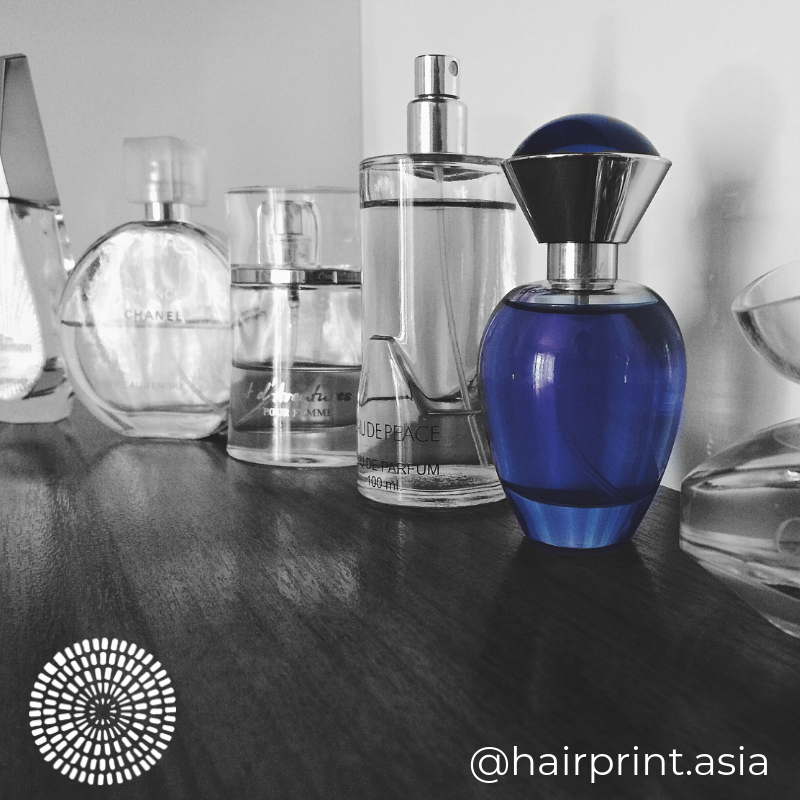Silicone
![]()
There are a lot of great hair products available to help us achieve the perfect 'do. However, it does make you wonder if you can put too much stuff on your hair? Can certain ingredients build up over time? Silicone is a very commonly used hair care ingredient. So let’s take a closer look at what it is:
THE POSITIVES
The positive effects of silicones in hair care are plenty, starting with the fact that silicones can actually make hair that is dry and damaged look and feel like it’s healthy by filling in the porosity—what looks like frizz and split ends. Silicones protects the hair from the elements, keeping it smooth and shiny by coating each strand which also helps with knots and tangles.
THE NEGATIVES
Silicone is almost like rubber and/or plastic. It is used as a sealant against water and even air. It is not a natural ingredient, and its side effects are bad for our hair. It gives the hair the illusion of shine, but it is a fake shine from the plastic. The problem with this instant groom is that the hair follicle can’t breathe from being suffocated by this sealant, it no longer is able to receive nutrients from the outside (good oils, natural proteins or botanicals) nor can it adequately “exhale” so to speak. This rubber-like sealant in effect dehydrates the hair by preventing water from coming in and hydrating the hair.
SILICONE BUILD-UP
By nature, many silicones are very hydrophobic, meaning they do not wash out easily, leaving hair feeling heavy and greasy at the end of the day. So when your hair feels greasy more often, you are prone to washing it more than is necessary.
Because silicone adds another layer to one’s hair, it can make the hair feel heavy as silicone layers build up, if not washed out properly. Washing the hair properly means stripping the hair or clarifying the hair, which can also make the hair feel dry and limp. So the pickle is, you have to condition again, or use another product with silicones to bring back the luster and shine you’ve gotten used to. A vicious cycle.
Silicone is really bad for curly hair because most curly hair is on the dry side. Silicones can slide off straight hair more than they can on curly hair. The silicone buildup will get stuck on the curls, weighing the hair down and causing more damage in the long run.
WHAT TO DO ABOUT SILICONE BUILD-UP
What can we do about silicone build-up and what can you use instead? We’ve found that by using our gentle chelating shampoo we are able to remove build-up of silicones from the hair. Use this cleansing product once every two weeks for optimal results. Once the silicone coating is removed, you can bring back moisture into the devitalized hair by creating an overnight pack with castor oil and adding a tablespoon of any of our Hairprint conditioners which are rich in botanicals. Distribute the mix from scalp to ends, wrap your head in a warm towel, and let the hair hydrate from within.
SPOTTING SILICONES
There are so many types of silicones. Some are water-soluble and some are not, but we recommend staying away from all silicones. Unfortunately there are many different types of silicones such as: cyclomethicone, dimethicone, methicone, amodimethicone, dimethiconol, cyclomethicone…and the list goes on. So if you see anything that has a ‘cone’ at the end, then it is best to avoid it. If you are not sure, you can always do a little research to see what that ingredient is. In fact, it is best to do a little research before you buy anything for yourself. Look at the ingredient list and avoid reading the what they say on the label. The higher on the list the ingredient is, the higher the percentage of that ingredient you will find in the product. If the ingredient is listed towards the bottom of the list, then you are getting very little of that ingredient.








